SUMMARY
This is AI generated summarization, which may have errors. For context, always refer to the full article.
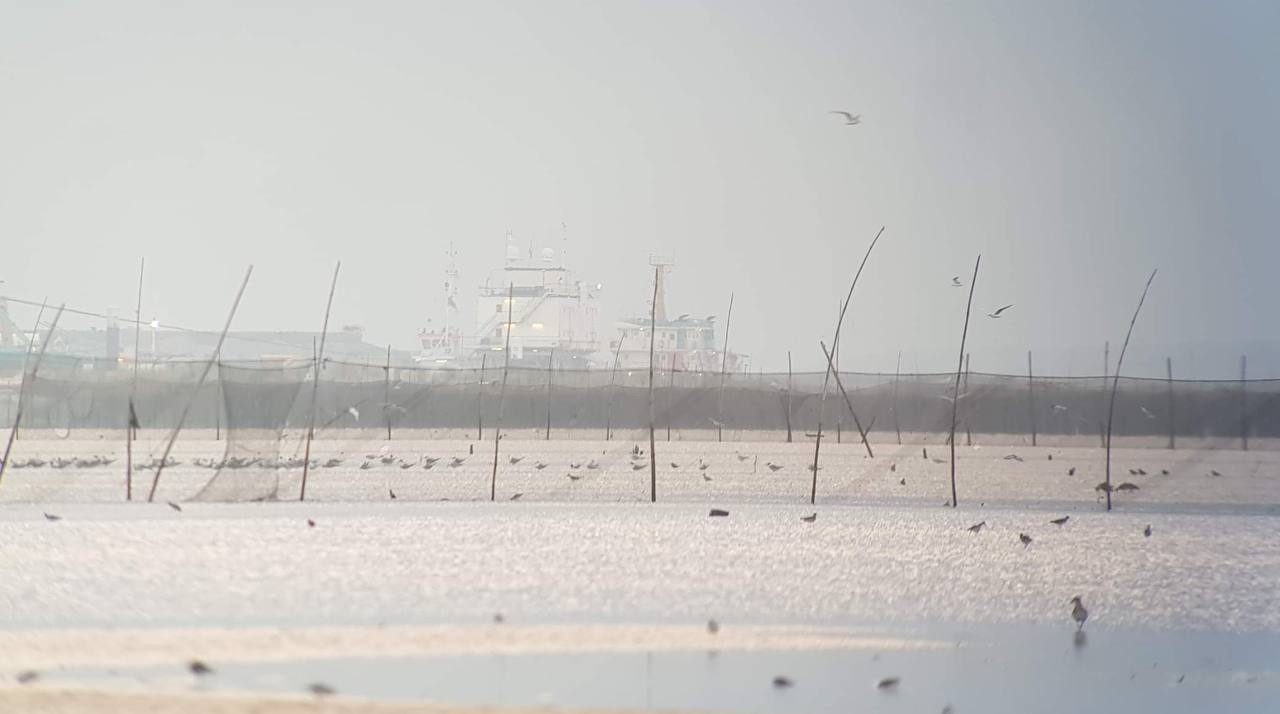
MANILA, Philippines – Three areas in northern Manila Bay host high numbers of shorebirds during migration, a recent study found, further demonstrating the role the Bay plays in supporting bird species and their flyway populations.
The research, published in international journal Wader Study last December 2023, monitored Tanza, Pamarawan, and Pampanga, for three migratory cycles from September 26, 2020, to February 20, 2023.
A total of 76 shorebird and waterbird species were recorded throughout the three-year period of the study, of which 53 are shorebirds and four are globally threatened shorebird species.
The authors of the study noted that Manila Bay sits in both the East Asian-Australasian Flyway and the West Pacific Flyway. Manila Bay is one of the few stopovers for birds flying over the Pacific Ocean, where there are only a small number of landmasses.
However, the support that Manila Bay offers migrating birds and other species is continually threatened by human activities in the area, the study noted.
“Unfortunately, northern Manila Bay is under grave threat as highly destructive development and land reclamation is currently being carried out, with additional coastal development projects planned,” the study read.
Citing the International Union for Conservation of Nature, the authors wrote that there is already “a decline in shorebird numbers at Manila Bay…and aforementioned plans to reclaim natural coastal habitats will lead to further irrecoverable declines.”
Some of the projects near the survey sites are the Manila Bay Integrated Flood Control and Coastal Defense and Expressway Project and the New Manila International Airport.
Last year, the government suspended the reclamation projects along Manila Bay. At present, there is no document to show proof of suspension and two projects in Pasay have resumed reclamation.
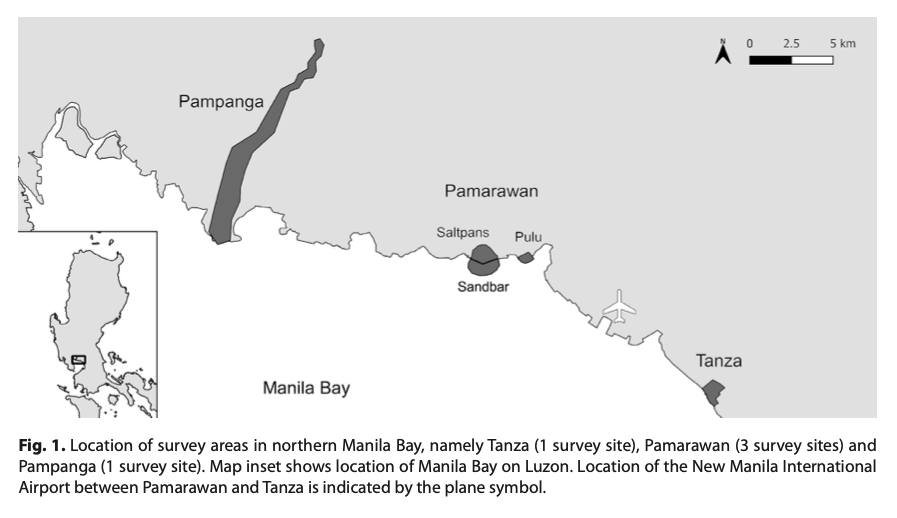
Why save birds’ pit stops?
Irene Dy, a bird guide and one of the co-authors of the study, explained that pit stops like northern Manila Bay are crucial because not all birds can carry out migration in one single flight.
“Without safe wintering and transit sites, shorebird populations would die out and there would be no shorebirds to fly back to breed in their breeding grounds,” Dy told Rappler in an email.
“This is a cycle that must not and cannot be broken otherwise the world would see a major decline and eventual extinction of many shorebird populations.”
Dy, who started birdwatching in 2012 and has been conducting bird counts as an enthusiast, connected with Hui Zhen Tan of the University of Auckland and Movin Nyanasengeran of the National University of Singapore. Together, they worked on the study for three years.
The researchers said that aside from Manila Bay, other sites in the Philippines must be surveyed more frequently “to prevent inadvertent loss of undervalued shorebird areas.”
Shorebirds are most often found near water and are known for their long migrations. Those of conservation concern found in the survey sites in northern Manila Bay are sandpipers, godwits, and curlews.
“Depending on species, wintering and stop over sites can be coastal mudflats and sandbars, active salt farms, active rice fields, river beds, farming fishponds, wetlands or open grass fields,” the bird guide said.
Dy further underscored the importance of the site to endangered species.
Back in December, months after the study was concluded, Dy said she spotted a Chinese crested tern (Thalasseus bernsteini) in one of the survey sites in Bulacan. The bird is considered one of the rarest seabirds with a global population of about a hundred.
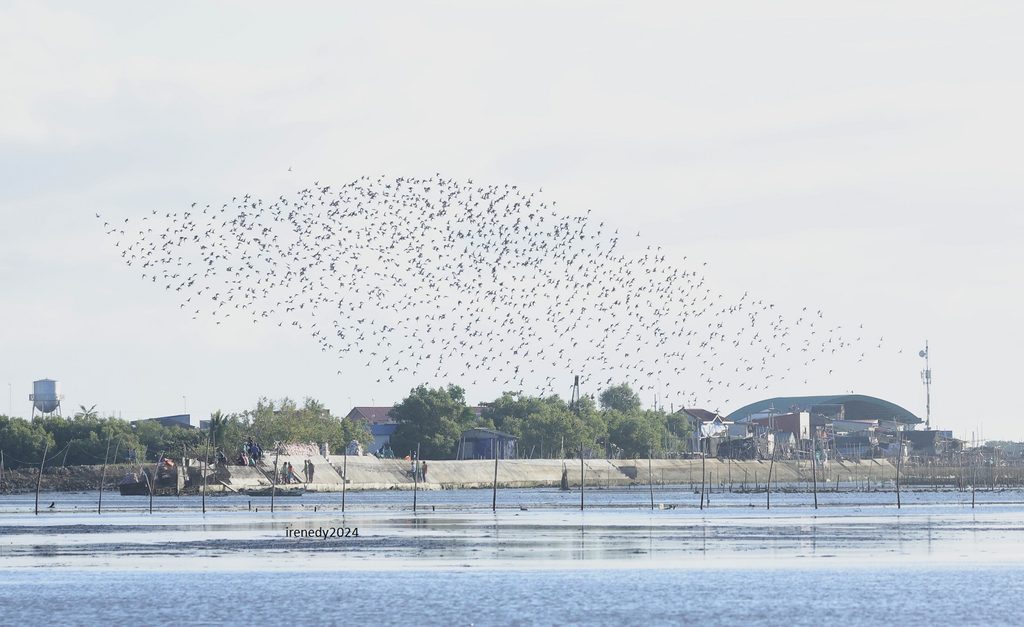
Semblance of protection
In search for food, birds migrate along a flyway between breeding and wintering grounds. They fly at night and feed in the morning. Sites along the flyway are used to rest and refuel.
Because migration is linked to species’ survival and life cycle, scientists believe that this seasonal movement has been going on for thousands of years.
The authors of the study – put forward that these areas should be declared as Ramsar sites under the international agreement Ramsar Convention. They believe that this can prevent more species loss in the future.
An area is designated as a Ramsar site if it meets the set criteria, including providing support to vulnerable, endangered, or critically endangered species.
The designation could provide protection and international recognition.
In the Philippines, some of the areas declared Ramsar sites are the Las Piñas-Parañaque Wetland Park (LPPWP), Negros Occidental Coastal Wetlands Conservation Area, and the Tubbataha Reefs Natural Park.
One of the nearest sites near Manila Bay that could be a model is the LPPWP. Declared a Ramsar site in 2013, LPPWP has since benefited from the added legal protection, said Chris Villarin, the park’s superintendent.
“Since the Ramsar Convention is an international treaty, it puts the LPPWP on the international map, boosts its profile, and attracts resources for conservation efforts,” Villarin told Rappler in a message.
The designation has also connected the park to other Ramsar sites “facilitating knowledge-sharing, collaboration on conservation challenges, and access to international funding opportunities,” said Villarin.
It has also become a hub for learning, as well as one of the recommended sites in Metro Manila where people interested in birdwatching can go.
Saving areas like northern Manila Bay would mean preserving the beauty of mudflats and wetlands, the birds flying in harmony over them.
“The alarming rate of reclamation, rice field development into real estate, and quarrying of our coastal sandbars that directly affect shorebirds is why I chose to work on them,” she said.
It continues to awe her, said Dy, to find small birds, with their tiny wings and fragile feathers, withstand typhoon-strength winds and travel thousands of kilometers in a matter of days.
– Rappler.com
Add a comment
How does this make you feel?




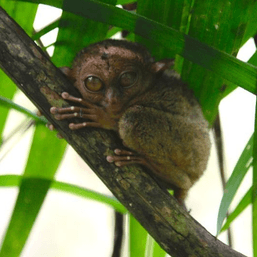





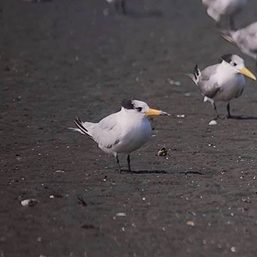





There are no comments yet. Add your comment to start the conversation.